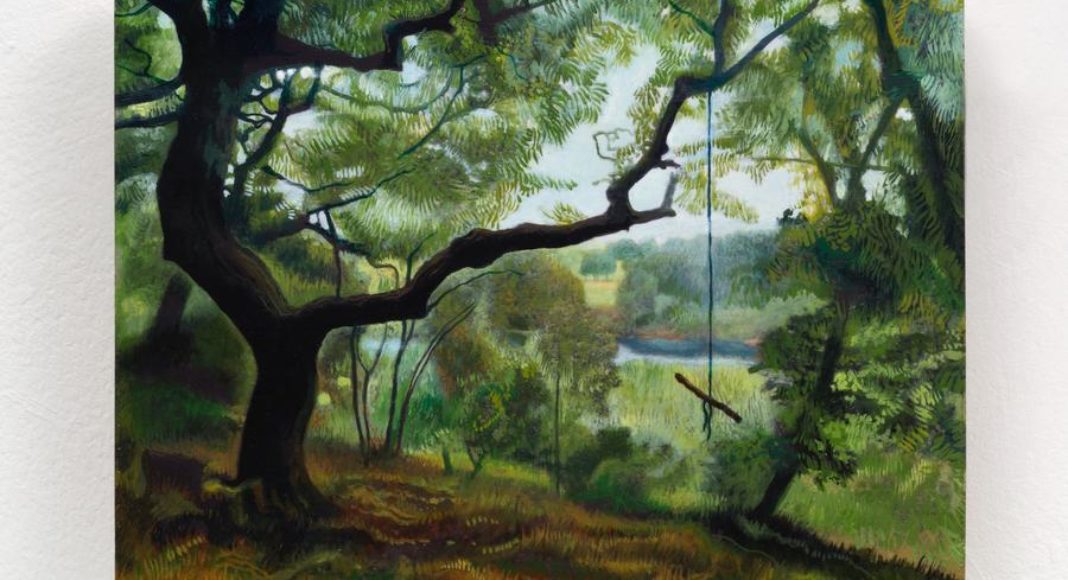Exhibitions & Art, Installation.
Series of new paintings by Mark Fairnington. Landscape, the natural world and our relationship to it are now at the heart of some of the most critical thinking for our future. Could this be a new space for liberty and experimentation? Could other forms of experimental existence, beyond the current organisation of the city and countryside lives, be imagined? The Landscape Room will feature a new series of paintings by Mark Fairnington that are poised between the observed and the remembered, functioning in the gap between what we see and what we know. Fairnington's new paintings began as a commission in 2018 for Cherryburn, the birthplace of the artist Thomas Bewick; work that reflected the site, the landscape and its history. The works connected with the historic context of Cherryburn to evoke a sense of local identity and cultural continuity. They examined how a subjective response to the landscape can be framed within a collective experience, shaped by our knowledge of the history of landscape painting. The Landscape Room will be designed to show the paintings as a single installation, echoing the way they were exhibited at Cherryburn. They were made to look as if they were meant to be there, as if they were always meant to be there. These paintings explore how our contemporary perception of the landscape is framed by our experience of historical images of the Landscape. There was a moment in the early 19th century when paintings began to reflect a dramatic shift in the relationship between humans and the landscape. Human activity through the industrial revolution had transformed the cities in England and its effects on the people and the landscape were being seen across the country. Artists such as John Constable in England and the Barbizon school of painters in France wanted to create a new form of painting, a radical language that articulated a profound change in our understanding of the natural world and our relationship to it. This heralded a new approach to realism with the artists working from direct experience of the natural world without paying homage to historical European models. This was nature unleashed from the idea that it could be cultivated and manipulated in order to conform to classical rules, nature defying the idea that humans could dominate it.




